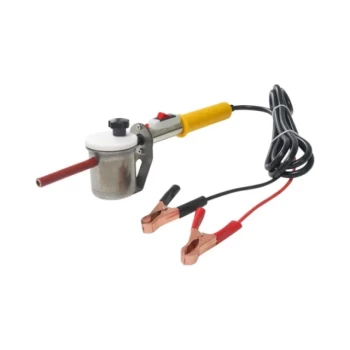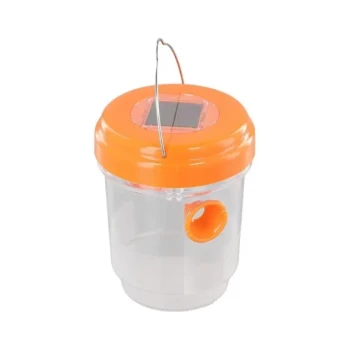Toggle Categories
Get Instant Support
Choose your preferred way to connect with our team
-
Get Free Quote Fill out form for detailed pricing
-
Send Email Detailed inquiry support
-
WhatsApp Quick mobile chat
Response Time
Within 8 hours on working days, 24 hours on holidays
Beehive Pest Control

Plastic Beetle Blaster Trap Beekeeping Tools and Supplies
Item Number : HBT-2

Varroa Easy Check Mite Tester Kit Counter Alcohol Wash Jar
Item Number : VEC-1

Oxalic Acid Vaporizer 12V for Bee Varroa Mite Treatment
Item Number : OAV-3

Removable Washable Hive Beetle Trap Attractants for Small Hive Beetles
Item Number : HBT-5

Reusable Aluminium Beetle Trap for Small Hive Beetles Silver Bullet
Item Number : HBT-4

Black Plastic Beetle Barn Hive Beetle Trap for Beehives
Item Number : HBT-3

Reusable Clear Small Hive Beetle Traps for Beehives Beetle Trapping Tools
Item Number : HBT-1
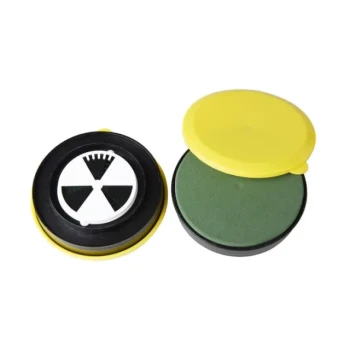
Adjustable Formic and Acetic Acid Dispenser for Bee Mite Treatment
Item Number : MDV-1
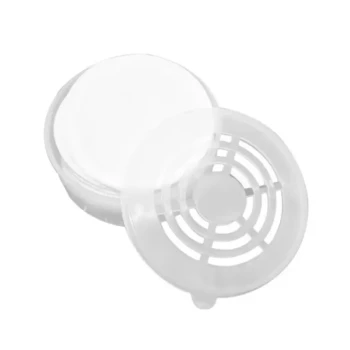
Compact Circular Bee Mite Treatment Dispenser
Item Number : MDV-2
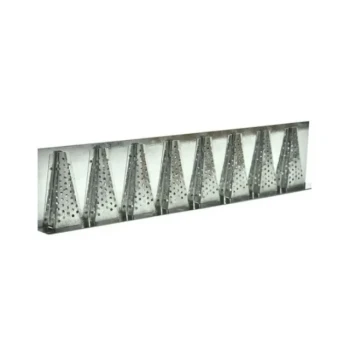
8-Cone Galvanized Steel Bee Robber Guard
Item Number : TAR-1
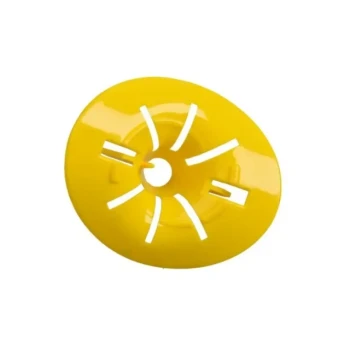
Reusable Wasp Trap Bottle Converter
Item Number : HWT-1
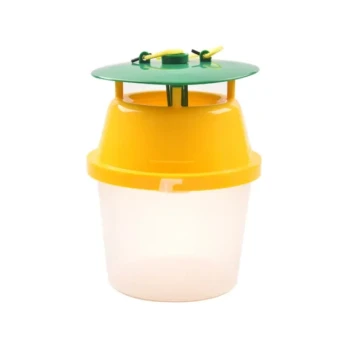
Professional Bucket Style Wasp and Moth Pheromone Trap
Item Number : HWT-2
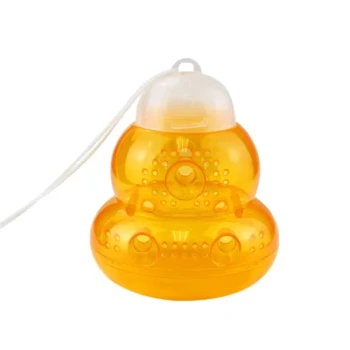
Gourd Shaped Hanging Wasp Trap Professional Wasp Catcher
Item Number : HWT-3
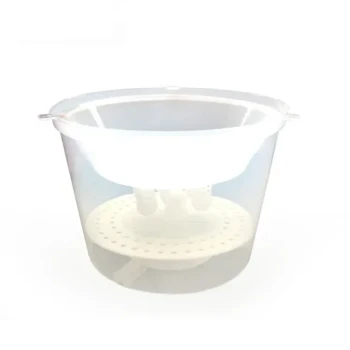
Professional Multi-Component Bucket Wasp Trap
Item Number : HWT-4
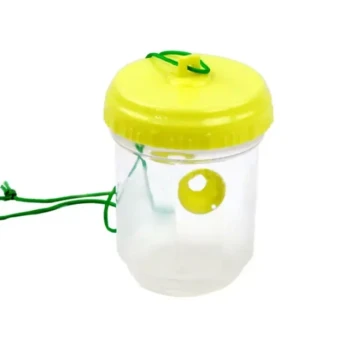
Compact Multi-Funnel Hanging Wasp Trap
Item Number : HWT-5
REQUEST A QUOTE
Our professional team will reply to you within one business day. Please feel free to contact us!
Related Articles

The Physics of Wintering: Why Condensation is a Beekeeper's True Enemy
Discover how managing condensation, not just moisture, is the key to hive survival. Learn ventilation and insulation strategies for a healthy microclimate.

Your Queen Insemination Success Is a Numbers Game—Here’s How to Win
Struggling with low queen insemination rates? The problem isn't your skill—it's the math. Learn the root cause and how to fix it.

The Geometry of Trust: Deconstructing the Beekeeping Square Veil
Explore the engineering and psychological trade-offs of the square beekeeping veil and why its durability is crucial for commercial apiaries.

The Double Nuc: A Strategic Hedge Against Apiary Winter Loss
A double nuc is more than a box; it's a system to mitigate winter loss, create valuable resources, and engineer a more resilient apiary.

Managing Volatility: The Veil as a Beekeeper's Most Critical Interface
A beekeeping veil is more than protection; it's a tool for managing the beekeeper's psychology, ensuring the calm required for effective hive control.

The Winter Reset: Why Timing is Everything in Varroa Mite Control
Discover why a late-season, broodless oxalic acid treatment is the most critical intervention for Varroa mite control and honey bee colony survival.

The Weight of Survival: Why Winter Beekeeping is a Test of Restraint
Winter hive inspections are counterintuitive. Learn why 'hefting'—judging weight by feel—is the minimalist technique that prevents colony collapse.

A Calculated Gamble: How Honeybees Engineer Survival Through Winter
Honeybee winter survival isn't hibernation but an active feat of thermoregulation, a delicate balance of converting stored fuel into heat while managing lethal moisture.

The Choke Point and the Superhighway: A Systems Approach to Hive Entrance Management
Mastering the hive entrance isn't just about size; it's a dynamic control system for defense, climate, and productivity. Learn to think like a systems engineer.

The Four-Way Gate: Mastering the Deceptive Simplicity of the Hive Entrance Disc
The hive entrance disc isn't just hardware; it's a strategic tool. Learn how its four settings control traffic, ventilation, and colony security.

Hive Security is a Geometry Problem: Mastering the Beehive Entrance
Learn why managing a beehive's entrance size is a critical strategy for defense, temperature control, and colony psychology.

The Engineer's Guide to Wintering Beehives: Why Moisture, Not Cold, is the Enemy
Effective beehive insulation isn't about warmth. It's a strategic tool to manage moisture, prevent condensation, and conserve a colony's energy.

A Single Point of Failure: The Critical Importance of a Clear Hive Entrance in Winter
A blocked hive entrance in winter traps moisture and prevents cleansing flights. Learn why this single point of failure threatens the entire colony.

Moisture, Not Cold: The Counterintuitive Physics of Wintering Bees
Successful hive wintering isn't about fighting cold, but managing moisture. Learn why timing your insulation is crucial to bee survival.

Why Your Beehive Straps Are a Hidden Liability—And How to Fix It for Good
Discover why common hook-end straps risk your hives and profits. Learn how purpose-built endless loop straps offer a safer, more efficient solution.

Beyond the Sting: How Glove Hygiene Dictates Apiary Success
A deep dive into why cleaning beekeeping gloves is a critical discipline for apiary biosecurity, beekeeper safety, and operational efficiency.

Ground Truth: Why the Hive Stand Is the Most Underrated Asset in a Commercial Apiary
A hive stand isn't just a platform; it's a strategic tool for mitigating systemic risks like moisture and pests, protecting an apiary's long-term health and profitability.

The Horizontal Trap: Hive Geometry and the Psychology of Winter Survival
Wintering bees isn't about cold; it's about hive design. Discover why a hive's horizontal layout creates a fatal cognitive trap for a colony.

The Signal and the Noise: Why Thriving Hives Collapse and How Data Prevents It
Learn how Varroa mite monitoring transforms beekeeping from reactive guesswork to proactive, data-driven colony management, preventing sudden collapse.

The Silent Killer in the Hive: Why Moisture, Not Cold, Is Winter's Greatest Threat
Winter kills bee colonies not through cold, but through moisture and starvation. Learn the critical balance of insulation and ventilation for hive survival.
